GET 1 MONTH LEAD MANAGEMENT SUPPORT FOR FREE.
Tips for Improving Your Martial Arts Teaching Skills
Teaching martial arts is not just about imparting techniques; it's about inspiring, guiding, and molding individuals.
Whether you're teaching karate, taekwondo, judo, or any other martial art, your effectiveness as an instructor can significantly impact your students' progress and enjoyment. Let's explore some comprehensive tips to enhance your martial arts teaching skills.
Understanding Your Students
Knowing Their Goals
Every student steps into the dojo with unique goals. Some may aim to improve fitness, others may seek self-defense skills, and a few might aspire to compete.
Understanding these goals helps tailor your teaching approach to meet their individual needs.
Assessing Skill Levels
Before you can effectively teach, you need to gauge the skill levels of your students. This helps in creating a balanced class where no one feels left behind or unchallenged. Regular assessments and
open communication can keep you informed of their progress.
Learning Styles and Adaptability
Students learn in different ways—some are visual learners, while others prefer auditory or kinesthetic learning. Adapt your teaching methods to include demonstrations, verbal instructions, and hands-on practice to cater to these diverse learning styles.
Developing a Structured Curriculum
Importance of a Curriculum
A
well-structured curriculum provides a roadmap for both you and your students. It ensures that all necessary techniques and theories are covered systematically, building a solid foundation for advanced skills.
Creating a Progressive Training Plan
Your curriculum should progress logically, starting with basic techniques and gradually introducing more complex moves. This progression helps students build confidence and competence step-by-step.
Balancing Techniques and Theory
While physical practice is crucial, understanding the theory behind techniques enhances students' overall martial arts knowledge. Incorporate discussions about martial arts history, philosophy, and principles into your lessons.
Effective Communication
Clear Instructions
Delivering clear, concise instructions is key. Avoid jargon and ensure that your explanations are easy to follow. Repeating critical points and asking students to demonstrate understanding can reinforce learning.
Active Listening
Effective teaching is a two-way street. Listen to your students' questions and concerns attentively. This not only helps you address their needs but also builds a trusting teacher-student relationship.
Providing Constructive Feedback
Feedback should be constructive, specific, and encouraging. Highlight what students are doing well before pointing out areas for improvement. This balanced approach boosts confidence and motivates them to keep improving.
Demonstration Techniques
The Power of Visual Learning
Seeing a technique in action can be more informative than verbal instructions alone. Demonstrate techniques slowly at first, then at normal speed. This allows students to grasp the finer details of each movement.
Breaking Down Complex Moves
For complex techniques, break them down into smaller, manageable steps. This makes learning less overwhelming and helps students master each component before combining them.
Utilizing Assistant Instructors
If you have assistant instructors, use them to demonstrate techniques and provide additional support to students. This can make your classes more dynamic and provide different perspectives on learning.
Motivation and Engagement
Encouraging Student Participation
Involve students in the learning process by asking questions, encouraging them to demonstrate techniques, and facilitating group discussions. Active participation fosters a deeper understanding and retention of skills.
Setting Achievable Goals
Set realistic, achievable goals for your students. Celebrate their milestones, whether it's mastering a new technique or earning a belt promotion. This recognition keeps them motivated and committed.
Reward Systems
Implement a reward system to recognize effort and progress. This could be through praise, certificates, or small incentives. Positive reinforcement encourages continuous improvement and dedication.
Safety First
Emphasizing Proper Technique
Proper technique is crucial not only for effectiveness but also for safety. Emphasize the importance of correct form to prevent injuries and ensure longevity in training.
Injury Prevention Strategies
Teach and enforce safety protocols, such as proper warm-up and cool-down routines,
wearing appropriate gear, and maintaining a clean training environment. These practices minimize the risk of injuries.
Creating a Safe Training Environment
A safe training environment fosters trust and confidence. Ensure that your dojo is well-maintained, and create a culture where students feel comfortable expressing concerns about safety.
Personal Development as an Instructor
Continuous Learning and Certification
Stay updated with the latest developments in martial arts by attending workshops, earning certifications, and learning new techniques. This continuous learning process enhances your teaching repertoire.
Self-Reflection and Adaptability
Regularly reflect on your teaching methods and seek ways to improve. Be open to feedback from peers and students, and adapt your approach based on their input.
Seeking Feedback from Peers and Students
Encourage your peers and students to provide feedback on your teaching. Constructive criticism from different perspectives can offer valuable insights and drive your growth as an instructor.
Building a Community
Fostering a Supportive Environment
Create a dojo culture that promotes mutual respect, support, and camaraderie. A supportive environment enhances the overall training experience and fosters long-term commitment.
Organizing Events and Competitions
Organize events, seminars, and competitions to bring your students together and showcase their skills. These activities
build community spirit and provide opportunities for practical application of techniques.
Promoting Respect and Discipline
Instill the values of respect and discipline in your students. These principles are fundamental to martial arts and contribute to a positive and productive learning environment.
Adapting to Modern Technology
Utilizing Online Resources
Leverage online resources like instructional videos, webinars, and forums to supplement your teaching. These tools can enhance your students' learning experience and provide additional support outside of class.
Incorporating Video Analysis
Use video analysis to review and critique techniques. This allows students to see their performance from a different perspective and identify areas for improvement.
Engaging with Social Media
Engage with social media to connect with a broader community, share success stories, and promote your dojo. Social media can be a powerful tool for attracting new students and keeping current ones engaged.
Inclusivity in Martial Arts
Catering to Diverse Groups
Martial arts should be accessible to everyone, regardless of age, gender, or ability. Adapt your teaching methods to accommodate diverse groups and create an inclusive environment.
Adapting Techniques for Different Abilities
Modify techniques as necessary to suit students with different physical abilities. This ensures that everyone can participate and benefit from martial arts training.
Promoting Gender Equality
Encourage gender equality in your classes by treating all students with respect and providing equal opportunities for learning and advancement.
Time Management
Efficient Class Planning
Plan your classes efficiently to maximize training time. A well-organized class structure keeps students engaged and ensures that all necessary content is covered.
Balancing Time Between Students
Give each student adequate attention by balancing your time effectively. This might involve rotating between individuals and small groups to provide personalized instruction.
Managing Your Own Time
As an instructor, managing your time is crucial. Balance your teaching commitments with your personal training and administrative duties to maintain a healthy workload.
Handling Challenging Students
Identifying the Root Cause of Challenges
When dealing with challenging students, try to understand the underlying issues. These could range from personal problems to a lack of motivation or understanding.
Strategies for Engagement
Use different strategies to engage challenging students, such as setting small, achievable goals, providing extra support, or varying your teaching methods to keep them interested.
Maintaining Authority
While it's important to be approachable, maintaining authority is crucial for discipline and respect. Set clear boundaries and enforce rules consistently to manage behavior effectively.
Promoting Physical and Mental Wellness
Importance of Warm-Up and Cool-Down
Incorporate proper warm-up and cool-down routines in your classes. These routines prepare the body for training and aid in recovery, reducing the risk of injuries.
Integrating Mindfulness and Meditation
Introduce mindfulness and meditation practices to enhance mental focus and relaxation. These practices can improve overall well-being and complement physical training.
Encouraging Healthy Lifestyle Choices
Promote healthy lifestyle choices among your students, such as proper nutrition, adequate rest, and regular exercise. A holistic approach to wellness supports their martial arts journey.
Final Thoughts
Improving your martial arts teaching skills is a continuous journey that requires dedication, adaptability, and a passion for helping others. By understanding your students, developing a structured curriculum, and fostering a supportive community, you can create a positive and effective learning environment. Embrace these tips and watch your students—and yourself—grow and thrive in the world of martial arts.
Interested in trying a martial arts class? Find an affiliated academy anywhere in the country by clicking here.
Have your own martial arts program? Get to know more about what we have to offer at Ground Standard Agency for helping martial arts businesses grow.
Email us at info@groundstandard.com, or call and text us at (732) 907-8920 today to learn how to start growing your own academy, school, dojo, or gym with us as well.
LEARN MORE ABOUT OUR DO-IT-YOURSELF AND FULL-SERVICE OPTIONS.
Learn more (GS Homepage)
We will get back to you as soon as possible.
Please try again later.
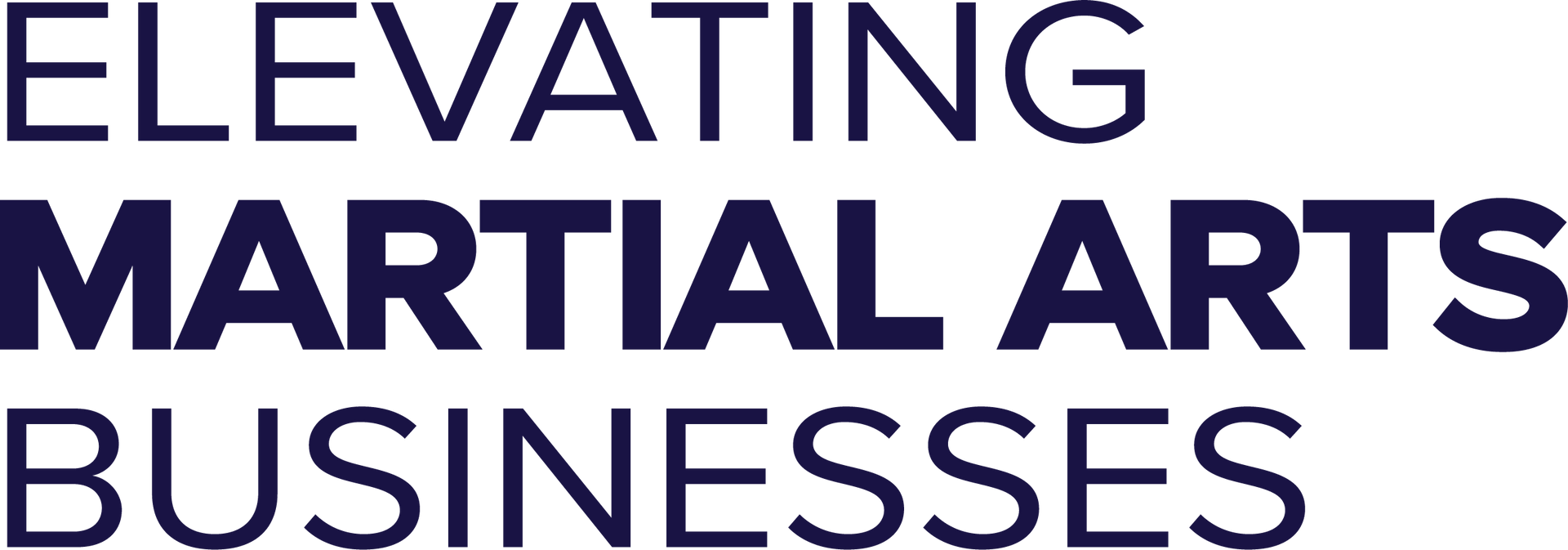
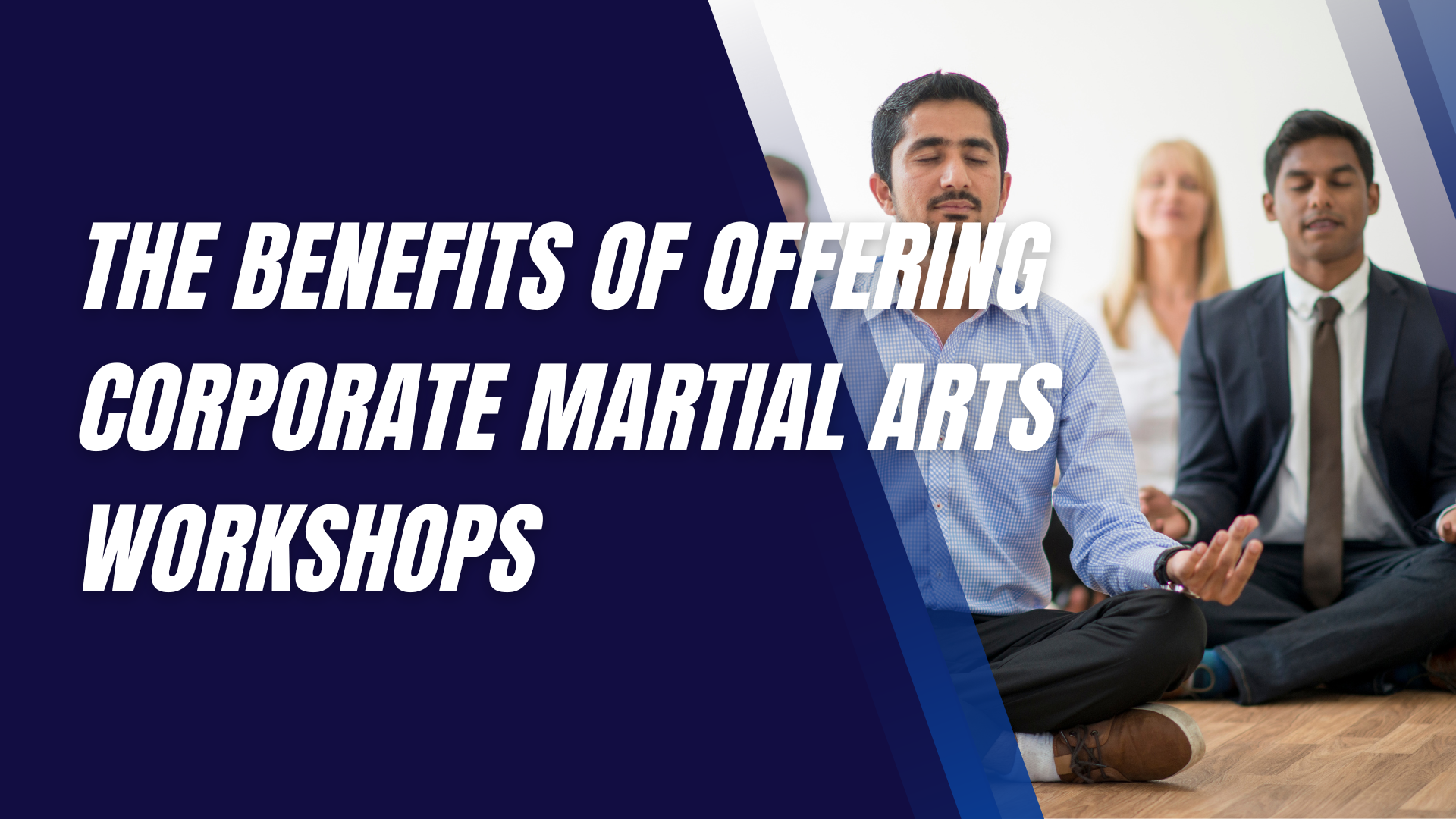
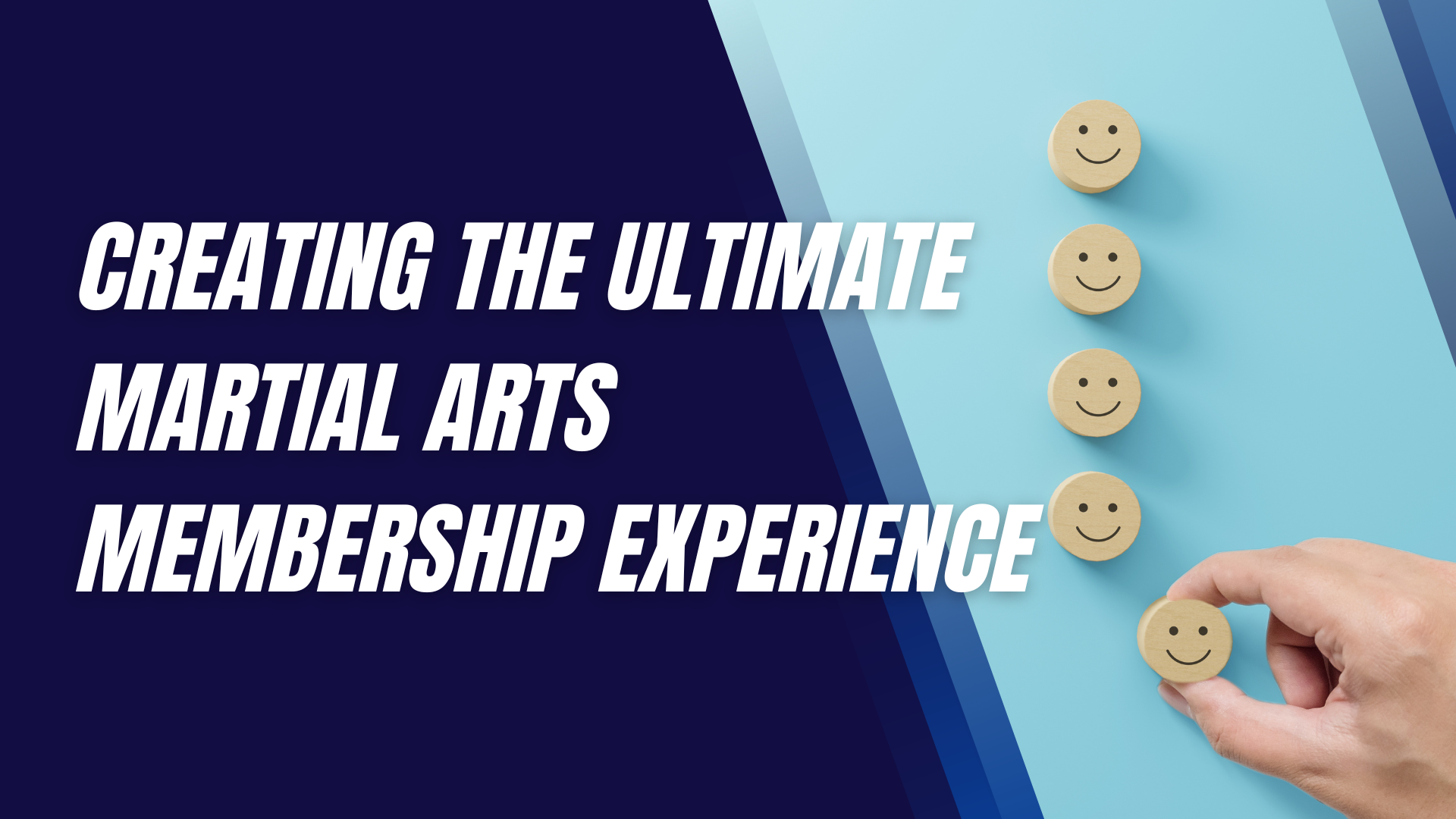
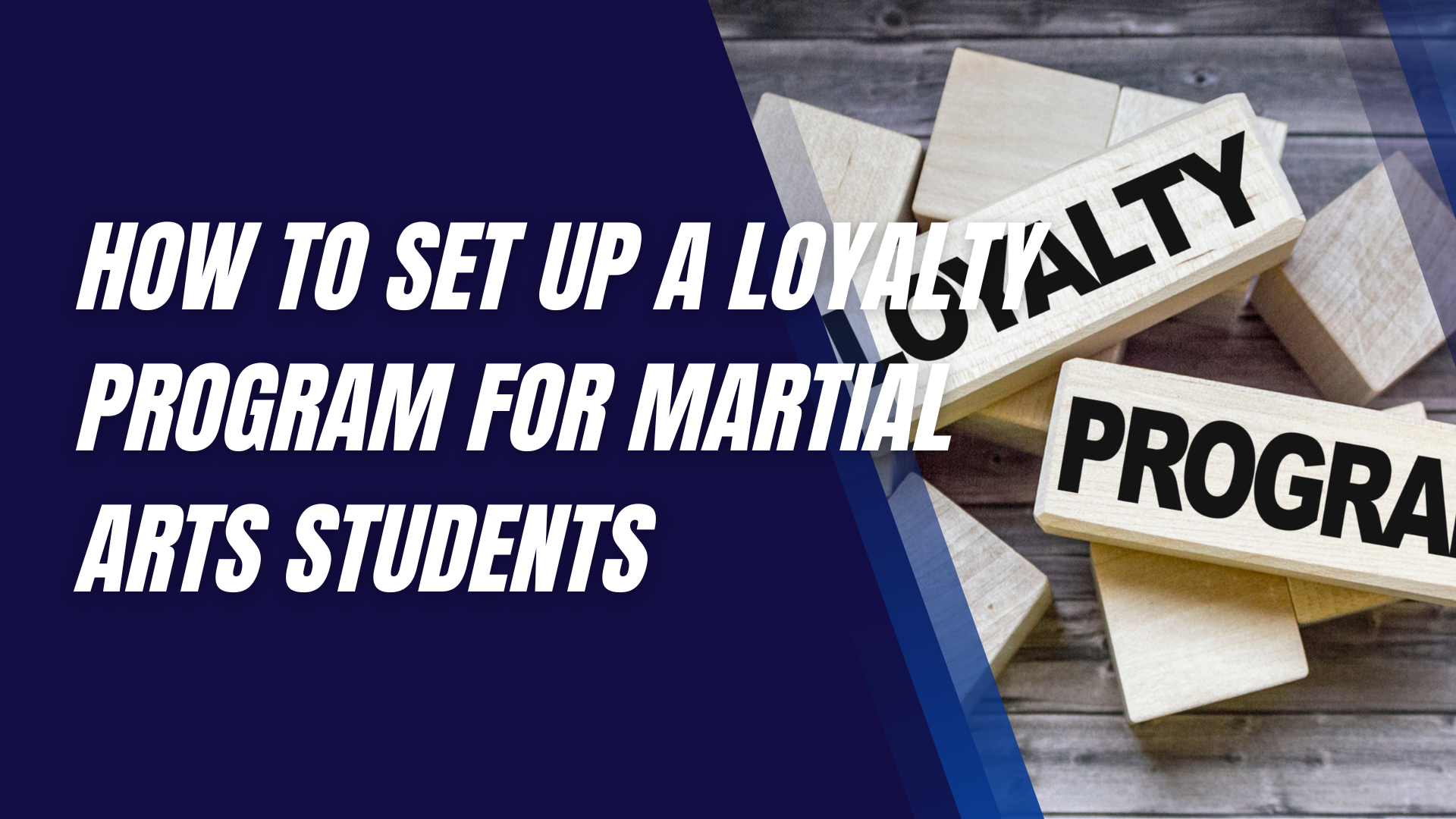
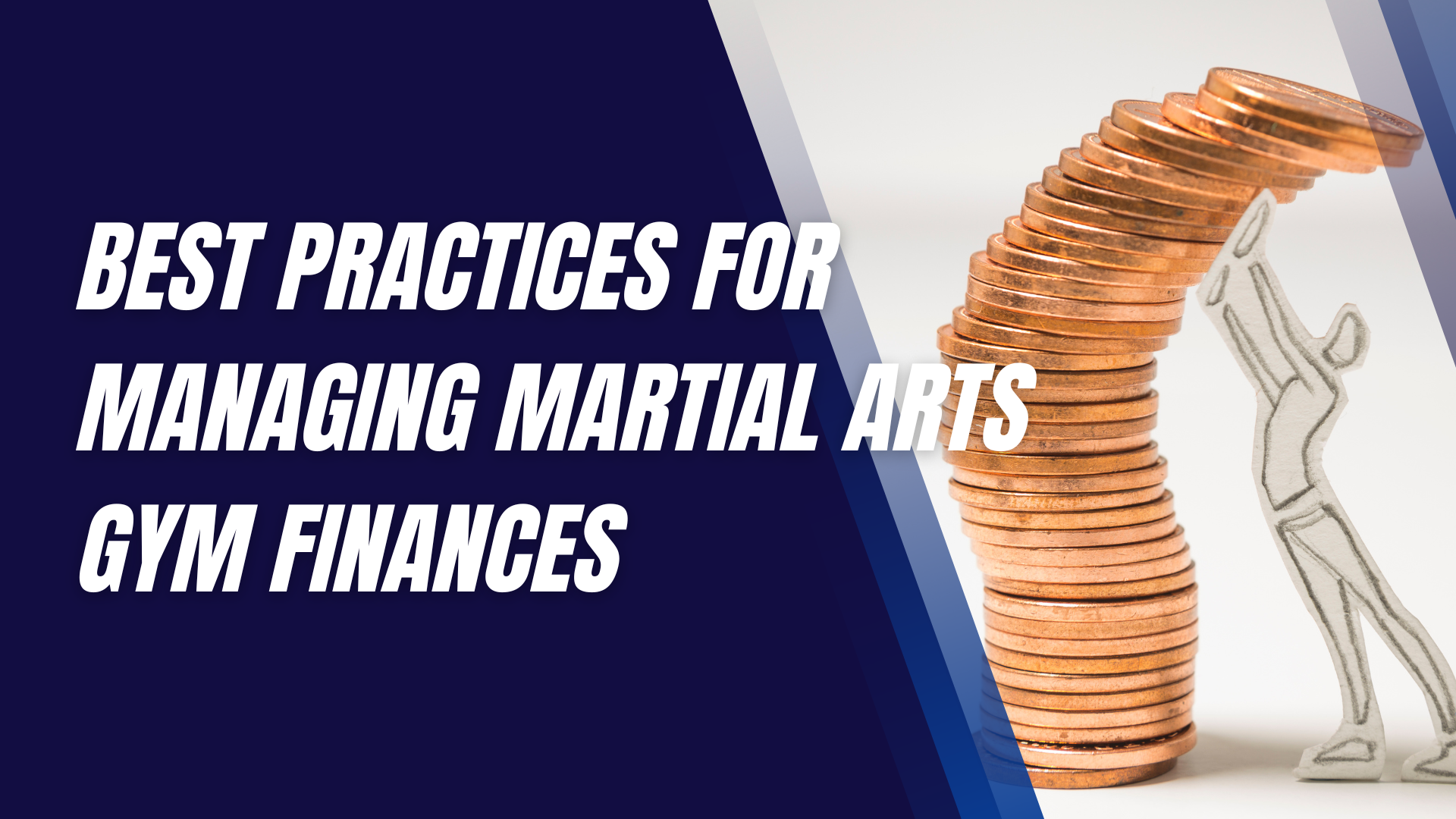

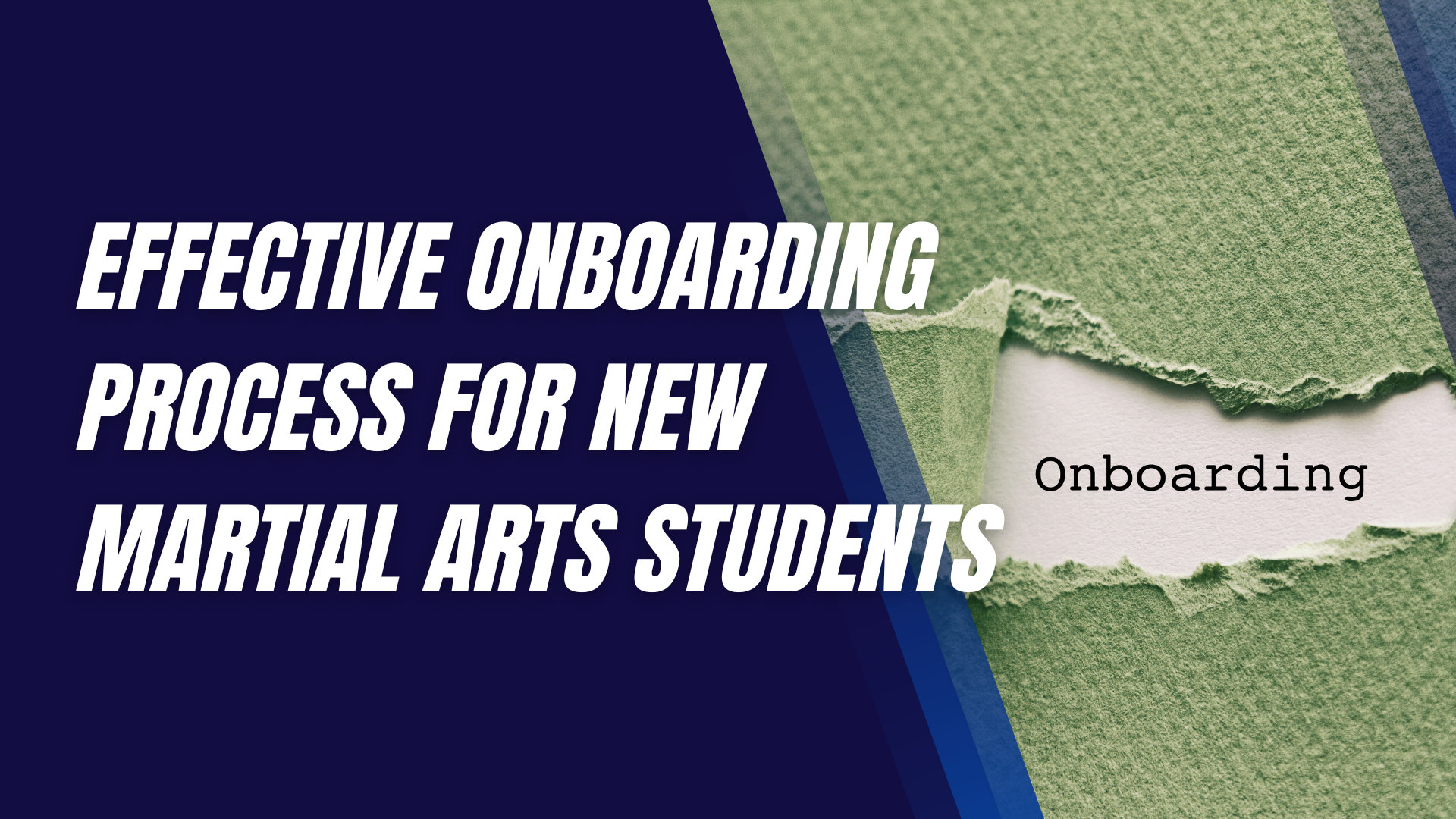
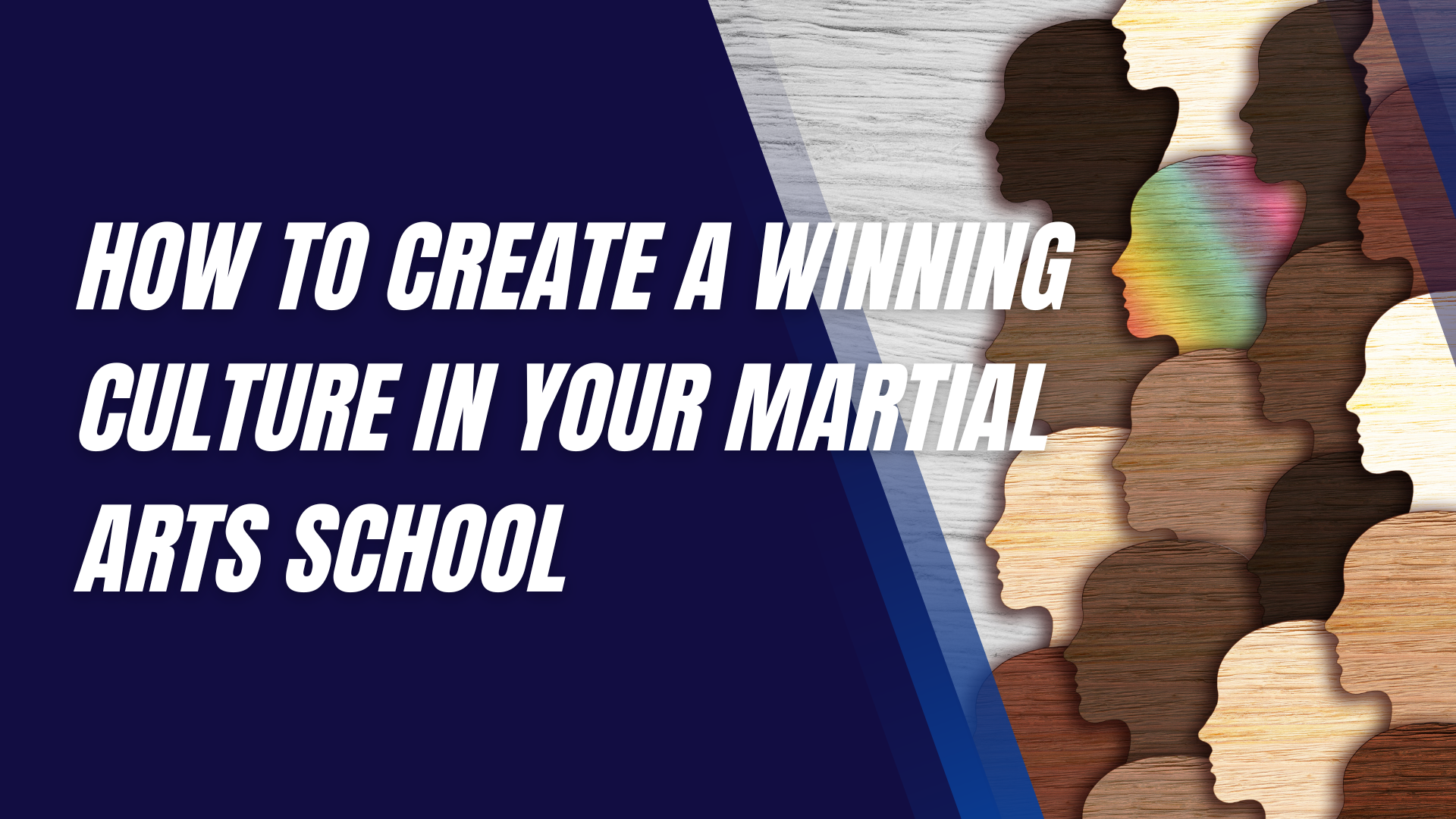


Follow us across the web.
Ground Standard Agency
info@groundstandard.com
(732) 907-8920
3805 State Route 33
Neptune NJ, 07753
2024 Ground Standard Agency
Terms & Conditions
Privacy Policy
|
Cookie Policy
All rights reserved, Brava Holdings Inc.


